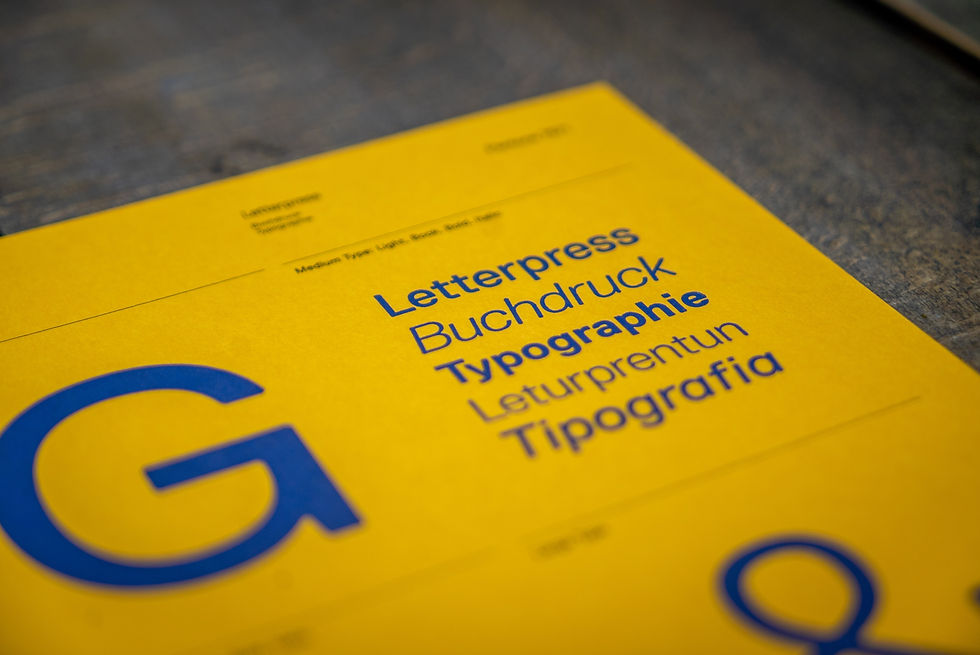Creative Lesson Planning 101: Designing Engaging and Effective Curricula
- artisanalleylearni
- May 4, 2024
- 2 min read

Effective lesson planning is the cornerstone of successful teaching. A well-designed curriculum not only captures students' interest but also cultivates critical thinking skills and meets educational standards. In this article, we'll explore essential strategies and techniques for developing dynamic lesson plans that inspire curiosity, promote active learning, and ensure alignment with educational objectives.
Understanding the Importance of Creative Lesson Planning
Creative lesson planning goes beyond traditional teaching methods by incorporating innovative approaches that engage students and foster deeper understanding of academic concepts. By infusing creativity into lesson design, educators can create memorable learning experiences that resonate with students and enhance overall retention.
1. Set Clear Learning Objectives
Begin by defining clear and measurable learning objectives that align with curriculum standards and desired outcomes. Learning objectives serve as a roadmap for lesson development and guide instructional decisions.
2. Incorporate Interactive Elements
Integrate interactive elements into lesson plans to stimulate student engagement and participation. Consider incorporating activities such as group discussions, hands-on experiments, multimedia presentations, and real-world applications of concepts.
3. Cater to Diverse Learning Styles
Recognize and accommodate diverse learning styles by incorporating a variety of instructional strategies and materials. Appeal to visual, auditory, and kinesthetic learners through visual aids, audiovisual resources, and tactile activities.
4. Foster Critical Thinking Skills
Design lessons that encourage critical thinking and problem-solving. Incorporate open-ended questions, case studies, and inquiry-based activities that challenge students to analyze, evaluate, and apply knowledge in real-world contexts.
5. Emphasize Creativity and Innovation
Encourage creativity and innovation by incorporating opportunities for student-driven projects and creative expression. Allow students to explore alternative solutions and showcase their unique perspectives through art, writing, or multimedia presentations.
6. Incorporate Technology Thoughtfully
Integrate technology tools and resources that enhance lesson delivery and support learning objectives. Leverage interactive whiteboards, educational apps, and online resources to enrich instructional experiences and expand learning opportunities.
7. Provide Formative Assessment Opportunities
Integrate formative assessment strategies throughout the lesson to gauge student understanding and provide timely feedback. Use quizzes, polls, exit tickets, and peer evaluations to assess progress and adjust instruction accordingly.
8. Reflect and Revise
Regularly reflect on lesson effectiveness and student engagement. Collect feedback from students and colleagues, and use insights to refine lesson plans and instructional practices for continuous improvement.
Benefits of Creative Lesson Planning
Enhances student engagement and motivation
Encourages deeper understanding of content
Develops critical thinking and problem-solving skills
Promotes creativity and innovation
Supports differentiated instruction and diverse learning needs
In conclusion, creative lesson planning is a dynamic process that empowers educators to design engaging and effective curricula that inspire curiosity, promote critical thinking, and foster meaningful learning experiences. By embracing innovative approaches to lesson design, teachers can create transformative educational experiences that empower students to succeed and thrive.




Comments